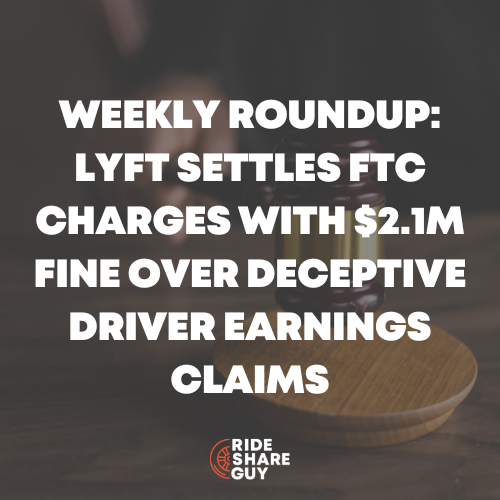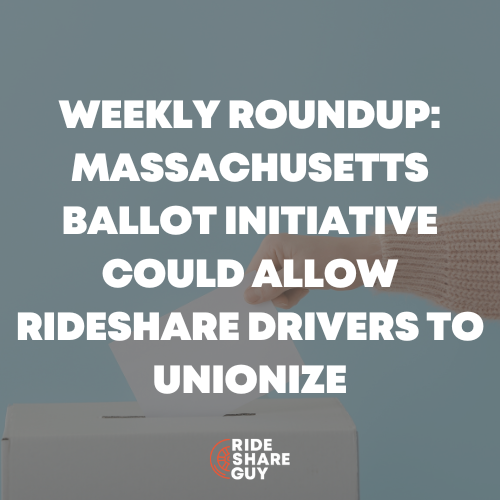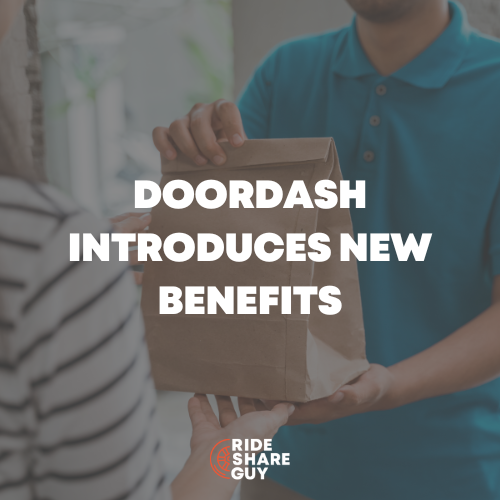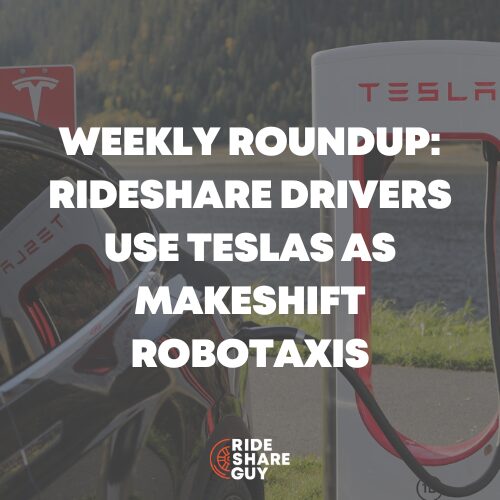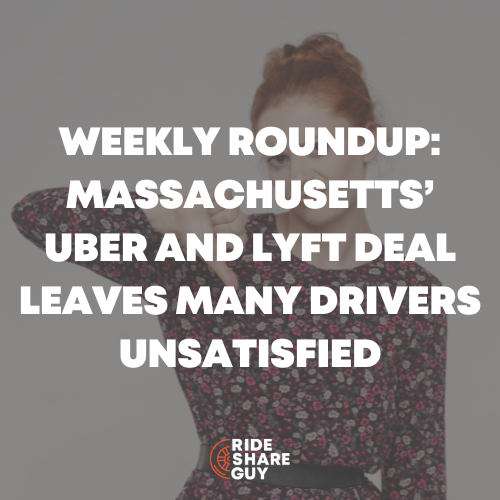What is one of the most important decisions you’ll make as a rideshare driver? Deciding when to drive will have major implications for your earnings, the passengers you encounter, and more.
RSG contributor Elliot shares the pros and cons of driving at different times, plus what you could earn during the day vs. night driving.
Choosing when you’ll drive is one of the most important decisions you can make as a rideshare driver. It often determines what type of passengers you encounter, the strategies you should use, and how much you’ll make.
Over the years, I’ve driven pretty much every time slot out there. So, here are some of my experiences driving different shifts, and some tips and strategies I’ve found helpful for succeeding at each of them.
Typical Rideshare Driver Schedules
The main schedules I’ll be describing are:
- “The Day”: This driver typically will drive as early as the morning rush hours, to as late as the evening ones.
- “The Night”: This driver typically will drive as early as the evening rush, up to and including the bar and club hours.
- “The Sundown”: Some drivers usually start around mid-afternoon and drive until maybe 10 or 11 p.m. So, even though most of their driving is at night, they avoid the hours when bars and clubs are letting out, when they’re likely to get the drunkest passengers.
- “The Anytime”: Just like it says, this driver is willing to drive anytime a good driving opportunity presents itself.
There are as many schedules as there are individual drivers, so it’s impossible to cover all of them.
But these are the schedules I’m most familiar with, and they seem to be popular with many drivers, so they’re the ones I’ll explore.
Also, some of the strategies I describe work better in an area similar to where I drive, Boston.
Every environment is different, so even though the principles remain the same, drivers have to adjust to their specific location. So, with that said…
Day Driving
With a “day” schedule, most of your activity and income happens during the morning and evening rush hours.
During these times, I’ve found success focusing on public transit locations and financial/corporate districts. These locations are particularly good if you’re trying to get a lot of quick, short rides to quickly reach a bonus.
The lunch periods (let’s say from around 11 a.m. to 1 p.m.) typically aren’t as busy. But you can go to places like supermarkets and college campuses, which are still fairly busy at those hours.
Or you can take a break yourself, then head back out to the busier spots once the afternoon/evening rush starts picking up.
Below is an example of when I did an entire day of driving on Friday, and how much I made (~$31/hour):
>
Pros:
Day driving fits well with those who like to treat rideshare driving as a normal, “9 to 5” job.
Cons:
If you’re not comfortable dealing with lots of traffic, it’s probably not for you.
One thing to note. I know many day drivers like to start very early, like around 4 a.m., to do airport runs. I didn’t mention that strategy because I despise driving in the chaotic maze that is Boston’s Logan airport, and I’m sticking to relaying strategies I have personal experience with.
But many drivers swear by early morning airport runs and find them pretty profitable, so feel free to experiment with them if you want.
From a personality standpoint, if you don’t like talking/interacting with passengers much, day driving may be a good fit. Because most of the passengers aren’t going out to have fun, and are simply transiting from work or other obligations, they’re not looking to socially interact as much.
Night Driving
Night driving might be well suited for drivers who enjoy social interaction with passengers. Night drivers typically make the most money, as the bar and club closing times are typically the most profitable in rideshare.
Check out my earnings below – I drove slightly less on this Saturday night and made more money (~$38/hour):

As for strategy, it’s kind of hard to go wrong with night driving. There are usually a good number of rides in most areas.
After the evening rush hours, I tend to head toward college campuses. They can be pretty busy, especially Thursday through Saturday nights.
Around 10 p.m., people start heading to bars, so if you’re around colleges or areas with young professionals, you can get lots of rides taking them there.
After that, you’re often just taking passengers to and from restaurants and nightspots until their closing times. I’d head home once things started dying down by 2:30 or 3 a.m.
If you want to go above and beyond in terms of service, you may want to get aux cords and other entertainment-related items. They’re not necessary, but for drivers who really want to maximize their tip potential, they should help.
Pros:
- It’s the busiest shift. You don’t usually have the lulls which can happen at other times. If you’re in a good-sized metropolitan area, from the evening rush to the closing times, you’ll often just be getting one ride after another.
- For those who hate traffic, once you get past the evening rush, there’s often not much of it. Traffic can pick up again around closing times, but it’s usually limited to specific areas, and not the all-encompassing traffic often found at rush hour.
- The passengers tend to be more enjoyable. They’re a younger crowd, going out to have fun, and the ride is often part of that fun. The conversations you have are more interesting, memorable, and often hilarious. And the tips are better.
Cons:
- If you do enough closing-time rides, you WILL encounter bad drunks. You WILL have passengers throw up in your car. And you’ll likely have arguments/incidents with misbehaving passengers.
- For the most part, rideshare companies (especially Uber) don’t have a good record of being fair with drivers in driver-passenger disputes (that’s why we recommend all drivers get a dash cam!)
As you can see, night driving has a lot of positives but can have substantial negatives as well. Each driver has to decide whether they feel the pros outweigh the cons.
Sundown Driving
“Sundown” driving (from 2-3 p.m. to 10-11 p.m.) can be a good option for those who want many of the benefits of night driving, with fewer headaches.
You lose the most profitable driving times, but you’re still pretty busy, the passengers are still pretty enjoyable, etc.
Anytime Driving
“Anytime” driving can work for drivers with extremely flexible schedules. You basically drive whenever there are good opportunities available—sporting/entertainment events, bad weather, local events/conferences, bonuses during certain times, etc.
This strategy often works well for those who don’t drive often and are just looking to maximize their driving pay rate when good opportunities arise.
Takeaways for Drivers
Those are my experiences with different driving schedules. They really do require different temperaments, skills, and strategies, and I hope sharing what I’ve learned will be helpful for other drivers.
Elliot has been driving for Uber in the Boston area since 2016. When he’s not driving, he enjoys tutoring, arguing over/reviewing movies and TV shows, and…WRITING ARTICLES ABOUT RIDESHARE!
